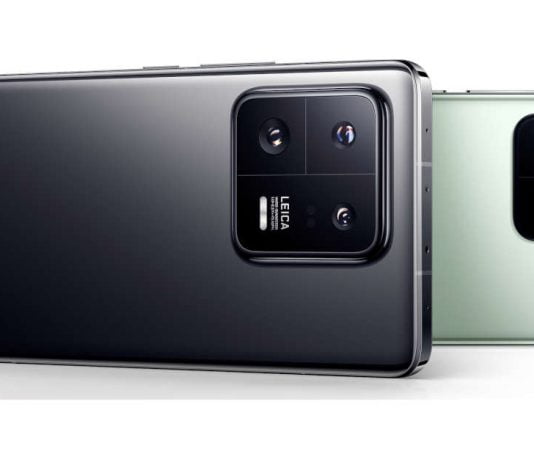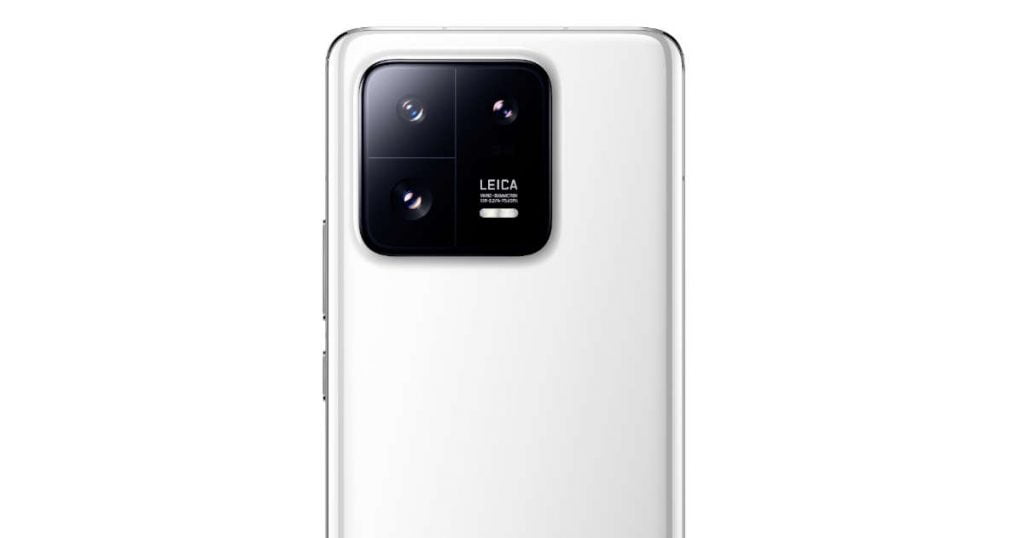Xiaomi unveiled its latest flagships at MWC 2023, including Xiaomi 13, 13 Pro, and 13 Lite.
The new design includes a squared module for the camera, featuring a triptych of sensors and the Leica logo. The standard model has a 6.36″ flat FHD+ 120Hz AMOLED E6 display, while the Pro model features a larger 6.73″ curved WQHD+ 120Hz AMOLED E6 display. Both models have a 32 MP front camera, Snapdragon 8 Gen 2 chipset, and LPDDR5DX type RAM. Xiaomi 13 Pro has a 120W super-charging feature for its 4,820mAh battery, while Xiaomi 13 has a 67W fast-charging feature for its 4,500mAh battery.
Xiaomi 13 has a triple rear camera, which includes a 50 MP IMX 800 main module with Hyper OIS optical stabilization function, a 10 MP wide-angle lens with a viewing angle of 120 degrees and a 10 MP telephoto module.
The star is the Xiaomi 13 Pro with the best cameras. The primary sensor in this camera is a 1-inch IMX989 sensor with an f/1.9 aperture. It is built using Leica VARIA-SUMMICRON technology. For improved photos, the sensor also supports Xiaomi’s pro-focus.
The camera’s video recording abilities are equally impressive, as it can shoot 8K footage at up to 24fps. You can also capture 4K movies at 30 frames per second in Dolby Vision. The camera also has ultra-night vision capability for superior low-light shooting.
The 75mm floating telephoto 50MP sensor has an aperture of f/2.0 and optical image stabilization. It incorporates focal shift technology and has a 3.2x zoom. Xiaomi explained how the new “floating” telephoto lens works — when it has to shoot close-ups (up to 10 cm), the elements move closer to achieve infinite focus and capture images of distant things; when it needs to capture distant objects, the elements move away. Lastly, there is a 14mm Leica 50MP sensor with an aperture of f/2.2 and a field of view of 115.
Xiaomi 13 Lite, on the other hand, is compact and lightweight with a Snapdragon 7 Gen 1 chipset, a 6.55″ Full HD+ 120Hz AMOLED display, and a 4,500mAh battery with 67W fast charging.
All the models run on MIUI 14 based on Android 13. The latest Snapdragon 7 Gen 1 mid-range chip has four Cortex-A710 cores up to 2.4GHz and four Cortex-A510 cores up to 1.8GHz. According to the manufacturer, this chip outperforms the Snapdragon 778G by 20% in terms of GPU performance and is 30% faster in AI tasks.
An important feature of the Xiaomi 13 Lite is its cameras. Unlike older models with single front cameras, there is a dual selfie camera with a 32-megapixel main sensor and an 8-megapixel depth sensor. The latter provides a better background blur effect. There are three modules on the back of the smartphone. The main one is a 50-megapixel Sony IMX766 image sensor with a size of 1/1.56 “and with pixels 1 micron in size. The camera received optics with an aperture of f / 1.8. An 8-megapixel IMX355 sensor complements it with wide-angle optics and a 2-megapixel camera with a macro lens.
The contribution of Leica is evident in the improved camera features of the flagships, which include the use of lenses and software optimizations. The camera features of the flagships have also improved, together with the proprietary Surge C2 chip exclusively dedicated to camera management.
The pricing for Mi 13 starts at CNY 3999($575) for 8/128GB, 13 Pro at CNY 4999 ($720) for 8/128GB and 13 Lite at CNY 2360($340) for 8/128GB.

